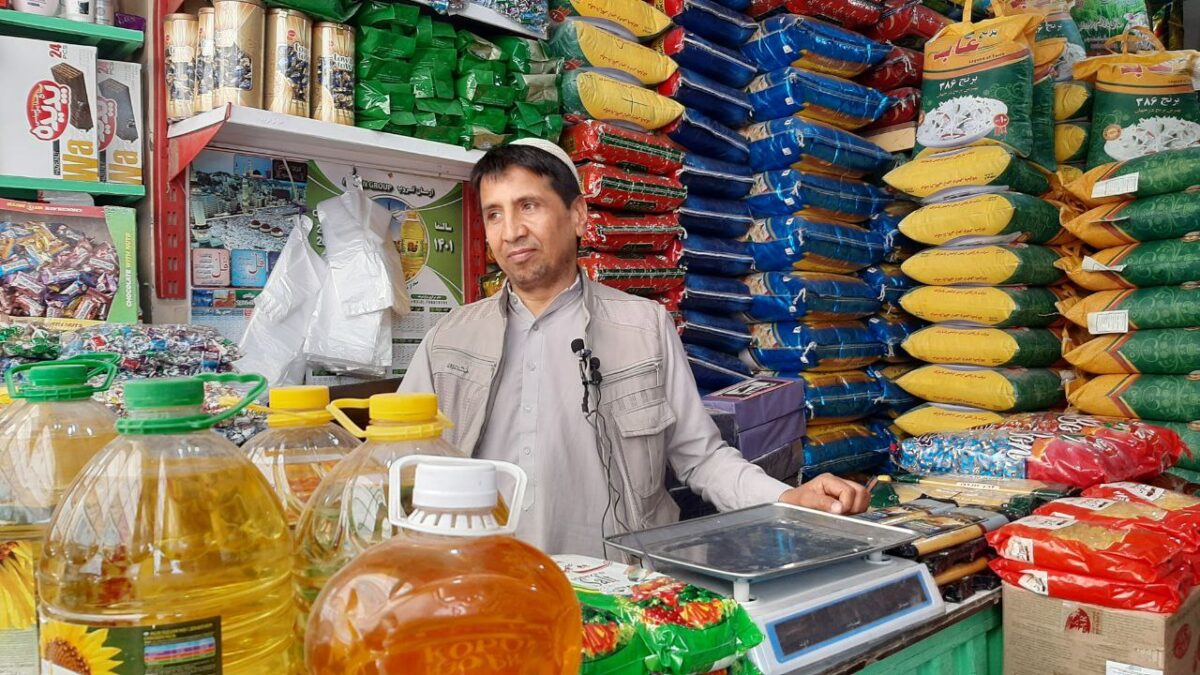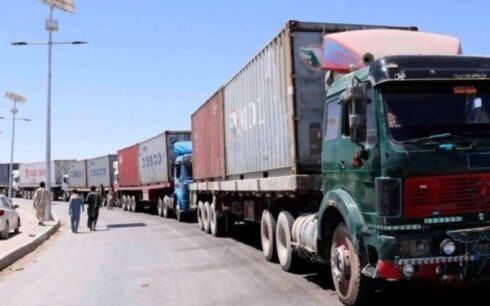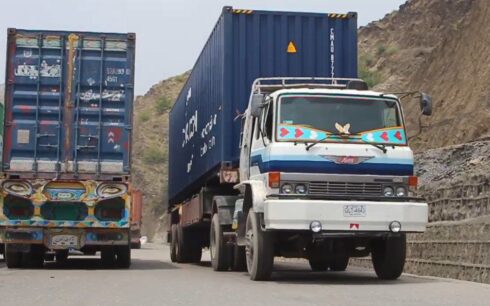The United Nations World Food Program (WFP) has reported a slight increase in the average prices of most food items in Afghanistan during the first week of February, attributing the rise to exchange rate fluctuations and seasonal effects.
This report comes amid UN findings that over half of Afghanistan’s population requires humanitarian aid.
“Wheat flour prices increased negligibly by 1.7% for high prices and 1.4% for low prices,” the WFP stated.
The report noted that, except for wheat grain, wheat flours, and cooking oil, the costs of other food commodities have risen significantly since June 2021.
Additionally, the WFP observed currency fluctuations, with the Afghan afghani strengthening from an exchange rate of 90 afghani per U.S. dollar to 69.4 afghani per dollar in December 2023, before weakening to 73.8 afghani per dollar by the first week of February 2023.
Minor fluctuations were also reported in non-food commodity prices, with diesel and DAP (diammonium phosphate) prices increasing by 1.7% and 1.2%, respectively. Other non-food item prices changed by less than one percent compared to the previous week.
The WFP previously expressed concern in a quarterly report that inflation remained negative in Afghanistan due to ongoing economic challenges and low demand.
Amid an unprecedented economic crisis and widespread poverty, economists are urging the Taliban administration to create more job opportunities for Afghan citizens.





